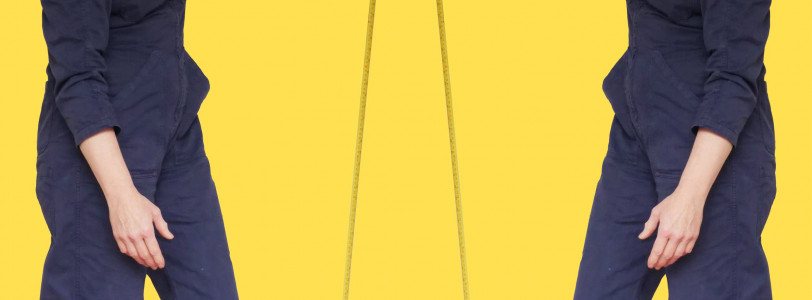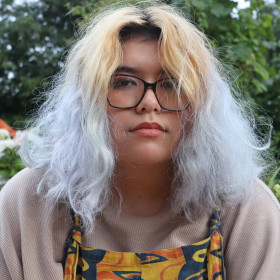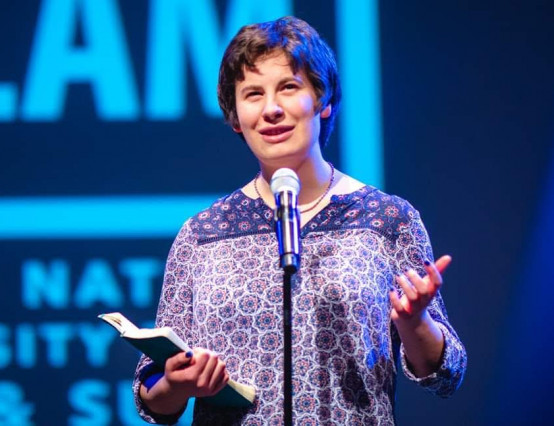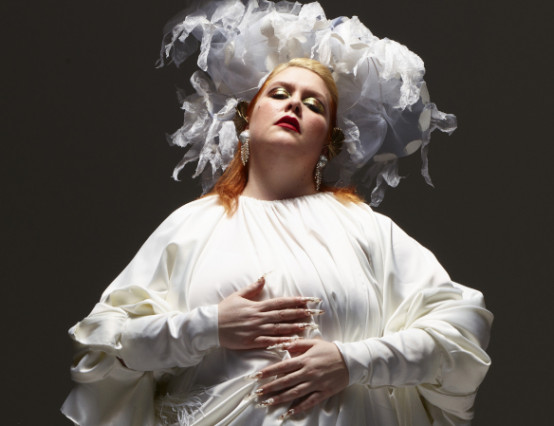How to Build a Wax Figure is complicated. It’s a story of first love, that uses the repeated symbolism of an eye to show how complex love can be – after all, love is in the eye of the beholder. Much like an eye, the play is much more than what it initially seems. Behind the facade of new love, is a story of heartbreak and the scars we carry for a lifetime from our experiences. These heartbreaks are as important too, they’re instrumental to what makes us human beings. It’s a messy subject matter, but Isabella Waldron’s script attempts to untangle it in a delicate way.
The main character Bea is stalling before her first professional lecture. She converses with a stranger called Dana and tells the story of the time she fell for her older neighbour, Margot, a wax sculptor. The play takes on this embedded structure between the present and past timeline, but the past isn’t as rosy as one might initially think.
Bea tells the time of her first love (and first cigarette), and their hardships along the way – particularly when it comes to their differing life experiences and age gap. The actors playing these characters are especially convincing, they have this push-and-pull chemistry that really suits the characters they’re playing. There’s a hesitancy about the two being in the same room, which is entirely fitting as they navigate the sensitive issue of whether this relationship is morally sound. They are literally navigating a grey area.
The character Dana seems a bit out of place at times, there’s not much development either which means Dana somewhat fades into the background even during scenes where she is prominent. Dana asks all the necessary questions to move the plot forward, but it’s just that – Dana is a narrative device, that sparks a few laughs from the crowd here and then.
The intersection of art and medicine is explored beautifully. When Bea admits to Margot that she’s going to university to study medicine, despite Margot’s reminder that Bea is a talented artist, Bea reminds her that medicine and art aren’t that different – in surgery, bold broad strokes then become more precise and detailed, just like art. In a way, that’s also how this play is structured. It starts off with the vast horizon of first love, then becomes more and more detailed.
As much as this play is about Bea’s relationship with Margot, it’s more a journey of self-discovery for Bea. It’s a coming-of-age romance that explores queer relationships and how lived experience shapes us in the present.
For tickets and more information, visit edfringe.com









0 Comments